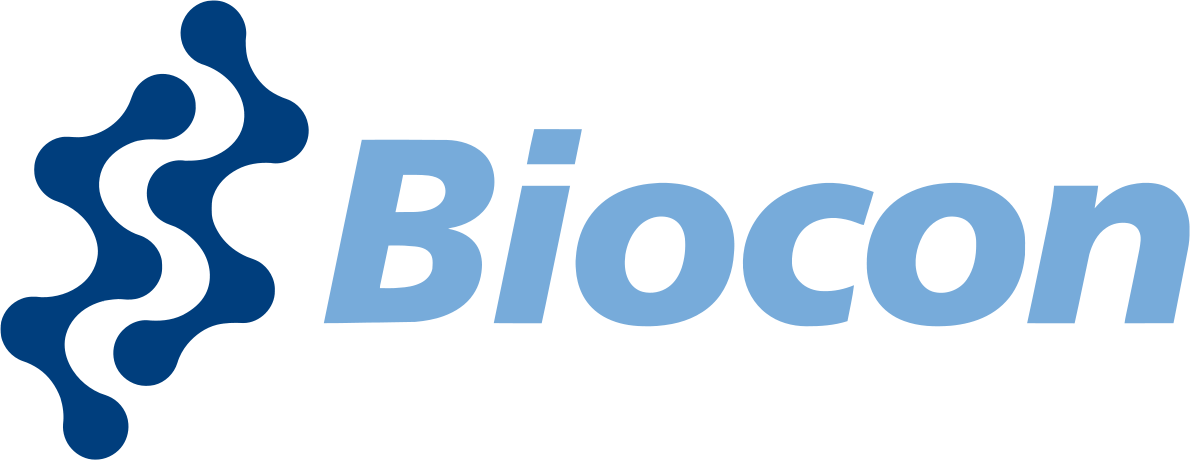Senior Executive
Year India, India
Job Description
Department Details
Role Summary
- Monitor their organization's networks for security breaches and investigate a violation when one occurs
- Prepare reports that document security breaches and the extent of the damage caused by the breaches
- Research the latest information technology (IT) security trends
- Plan, implement and upgrade security measures and controls
- Protect digital files and information systems against unauthorized access, modification or destruction
- Maintain data and monitor security access
- Conduct internal and external security audits
- Manage intrusion detection and prevention systems
- Recommend and install appropriate tools and countermeasures
- Define, implement and maintain corporate security policies
- Security awareness training
- Coordinate security plans with outside vendors
- Troubleshooting - the skill to recognize the cause of a problem
- Proxy, DLP, NGAV ,EDR ,XEDR and anti-malware - an understanding of the tools used to protect the organization
- TCP/IP, Firewall, computer networking, routing and switching - an understanding of the fundamentals: the language, protocol and functioning of the internet
- ISO27001 assessment - specifications for a framework of policies and procedures that include all legal, physical and technical controls involved in an organization's risk management
- C, C++, C#, Java or PHP programming languages - you can't analyze what you don't understand
- Cloud computing - the risks and benefits of using a vendor's remote servers to store, manage and process an organization's data
- Windows, UNIX and Linux operating systems, on which most of the business world runs
- Endpoint protection technologies and techniques
- Web application firewalls and intrusion prevention
- Forensics - investigation and analysis of how and why a breach or other compromise occurred
- Access control methodologies (MAC, DAC. RBAC)
- IDS/IPS systems, SIEM tools and network scanners
Required Education Qualification: B.E
Required Experience: 3 - 6 years
Beware of fraud agents! do not pay money to get a job
MNCJobsIndia.com will not be responsible for any payment made to a third-party. All Terms of Use are applicable.
Job Detail
-
Job IdJD3772967
-
IndustryNot mentioned
-
Total Positions1
-
Job Type:Full Time
-
Salary:Not mentioned
-
Employment StatusPermanent
-
Job LocationIndia, India
-
EducationNot mentioned
-
ExperienceYear
